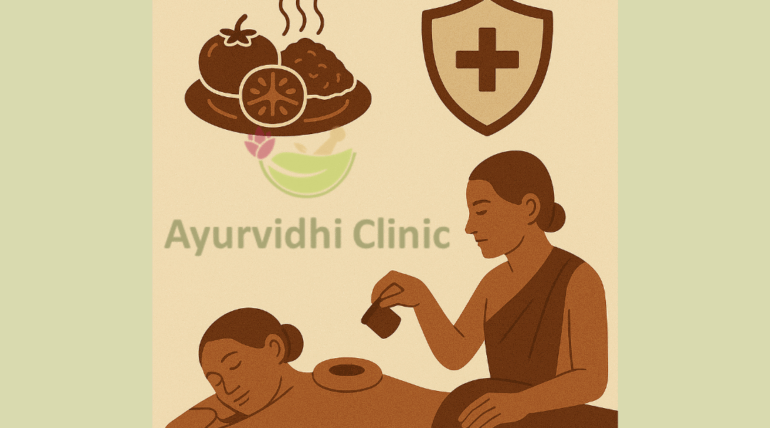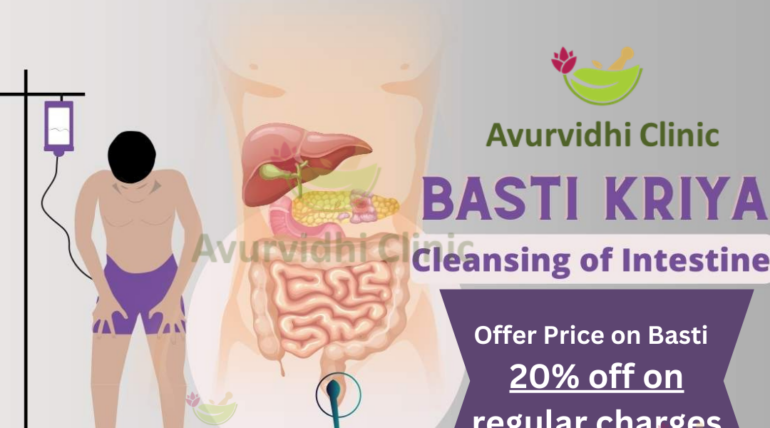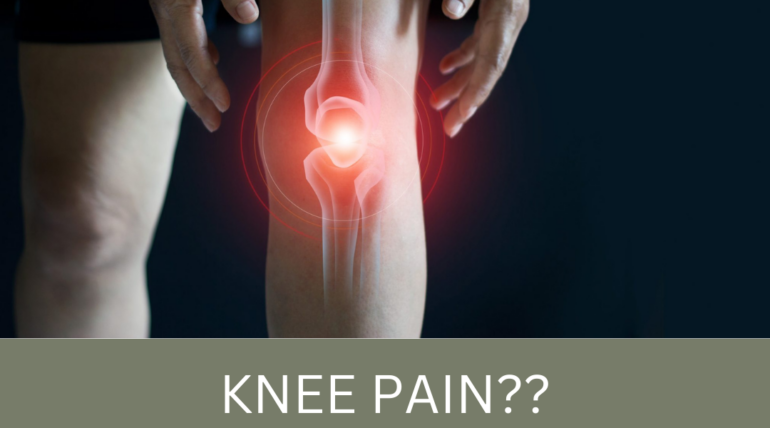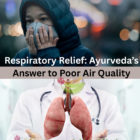Ayurvedic Health Care in the Monsoon Season: Balance, Detox & Immunity
Monsoon brings much-needed relief from the summer heat, but it also invites digestive disorders, infections, joint pains, and reduced immunity. According to Ayurveda, this is the time when Vaata and Pitta doshas get aggravated, and Agni (digestive fire) becomes weak. Hence, this season requires special care to maintain internal balance, boost immunity, and prevent seasonal ailments.
Let’s explore the Ayurvedic perspective on monsoon health care, including diet, lifestyle tips, and essential Panchakarma therapies for detox and rejuvenation.
Ayurvedic Understanding of Monsoon (Varsha Rhutu)
In Varsha Rhutu (monsoon), the accumulation of Vaata dosha due to dryness and cold, and Pitta aggravation due to humidity and heat, leads to a disturbed balance in the body. Moreover, the digestive fire (Agni) weakens, making the body more prone to indigestion, infections, skin disorders, and joint pains.
Therefore, Ayurveda emphasizes on:
-
Strengthening digestion
-
Eliminating accumulated doshas
-
Adopting a preventive lifestyle
-
Nourishing the body with seasonal care
Diet Recommendations for Monsoon (Aahara)
-
Eat freshly cooked, warm and light meals: Favor khichadi, mung dal, steamed vegetables, and rice gruel.
-
Use digestive spices like: Ginger (Saunth), cumin (Jeera), black pepper (Kali Mirch), turmeric (Haldi), and Carom Seeds (Ajwain). Eating roasted Ajwain, dried ginger, Sauf after meals can boost digestion and gets release unwanted gases.
-
Avoid raw foods: Raw salads, leafy greens, curd, and street food can aggravate Kapha and Vaata.
-
Drink boiled & cooled water: Add a pinch of trikatu churna or dry ginger for better digestion.
-
Prefer sour and salty tastes: over sweet and cold They help pacify Vaata and maintain energy.
-
Avoid heavy, oily, and fermented foods: These increase Aama (toxins) and aggravate dosha
- Recommended Herbal Teas: Ginger-Tulsi tea, cinnamon water, coriander tea.
General Ayurvedic Precautionary Health Measures (Dinacharya & Rhutucharya)
- Wake up early and perform light yoga or stretching
2 Abhyanga (oil massage):
Use warm sesame oil or other Vaata-pacifying oil to relieve joint pain and improve circulation. At Ayurvidhi Clinic Nitya Abhyanga Oil is available.
For more details & purchase kindly use the link: https://wa.me/message/MBTFCXKULPB2K1
3Udvartana (Herbal powder massage) :
Helps remove excess Kapha and fat, and improves skin texture. At Ayurvidhi Clinic Nitya Udvartana is available.
For more details & purchase kindly use the link: https://wa.me/message/MBTFCXKULPB2K1
4 Swedana (Herbal steam therapy) :
Relieves stiffness, congestion, and expels toxins through sweat. At Ayurvidhi Clinic various Swedana like Patra pottali (pottali massage), Shashtik Pinda Sweda (Pinda Sweda), Naadi Sweda etc. are available.
For more details & purchase kindly use the link: https://wa.me/message/MBTFCXKULPB2K1
5 Keep surroundings clean & dry:
Prevent fungal infections and insect-borne diseases. For this you can use Dhoopan an ayurvedic fumigation which prevent from various fungal & bacterial infection. At Ayurvidhi Clinic Nitya Dhoopan is available.
For more details & purchase kindly use the link: https://wa.me/message/MBTFCXKULPB2K1










Recent Comments